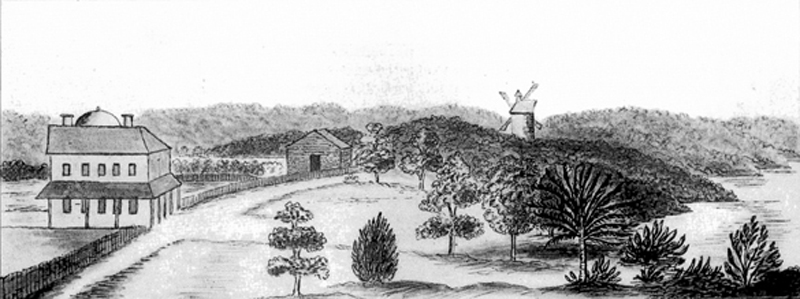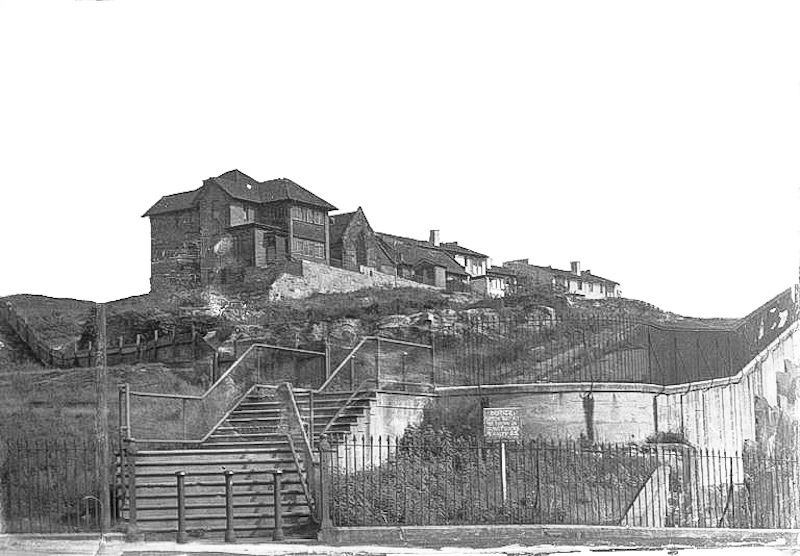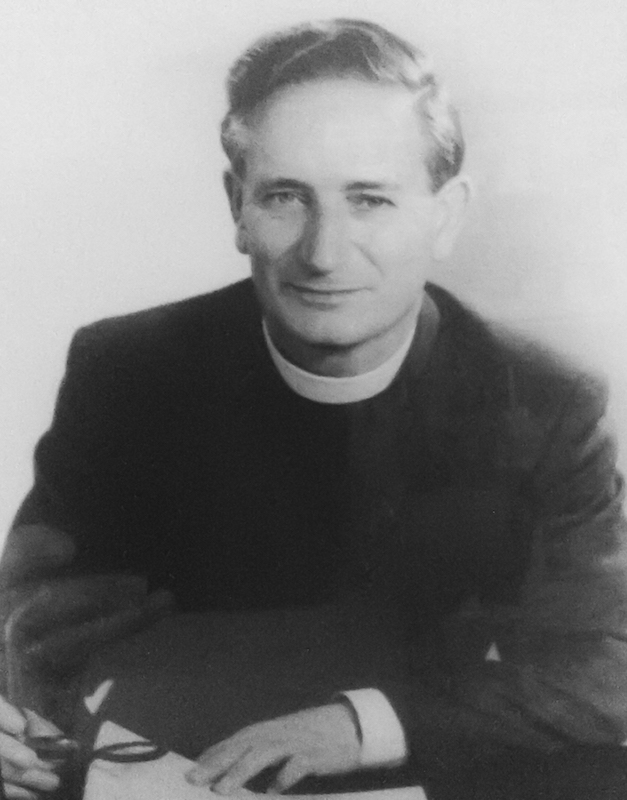Society > Churches > St Bartholomew’s Anglican Church
St Bartholomew’s Anglican Church (1846-1997)
Before St Bartholomew’s Church was built, John Macarthur’s windmill stood on this hilltop until the 1840s when it was demolished. A school hall was built there in 1849, which served as a temporary church until the real structure was completed in 1850. St Bartholomew’s became a thriving community hub, but suffered (like all congregations) from the exodus of wealthy families from the nineteenth century onwards, as Pyrmont became increasingly industrial, noisy and dirty.
In its prime, the parish enjoyed vigorous social reformers such as Francis Bertie Boyce, and (unlike its close neighbour St Bede’s) was a focus for conservative politics and Imperial patriotism. Much of the land was resumed in 1916, to extend the railway system: the rectory and school were demolished.
Compensation funded repairs on the church itself, but the decline continued. As numbers shrank, the congregation was amalgamated first with Balmain and then with St Barnabas in Glebe. Reverend Edward Madgwick, who was also chaplain to the Missions to Seamen, presided over St Barts from the 1920s until 1970 when the church finally closed and the building was demolished.
Irene Madlin and her sister Mary were brought up Catholic, and remember a lovely church with beautiful sandstone and polished wood; the sun shining through the stained glass windows was especially attractive. The Madgwick family lived in the manse, overlooking the city. “The palm tree in the front was used to make palm crosses on Palm Sunday. Each Saturday movies were shown in the hall, admission was threepence. By the time the movie started all the kids were all exhausted screaming at each other.”
Affordable housing was built on part of the land, and a pocket park (St. Bartholomew’s) now commemorates the church and the parish.
Related Items
Further Reading
E. Middleton, ‘St Bartholomews Pyrmont’ in Church of England Historical Journal March 1962
Michael Matthews, Pyrmont and Ultimo, a History
Shirley Fitzgerald and Hilary Golder, Pyrmont and Ultimo Under Siege












